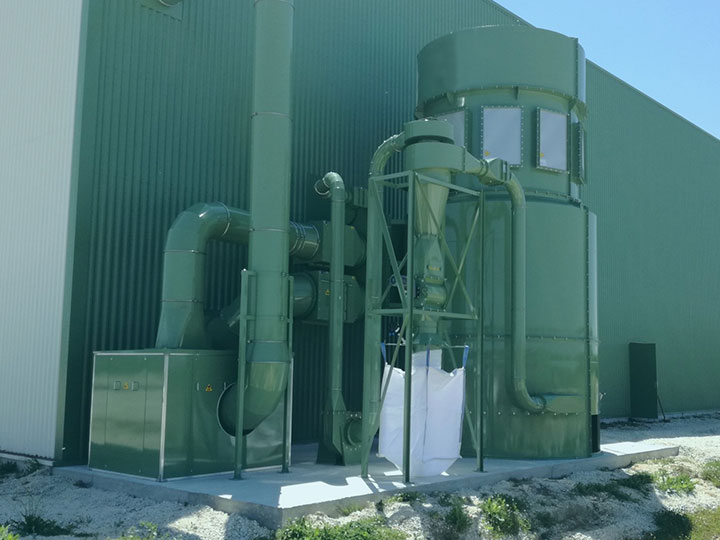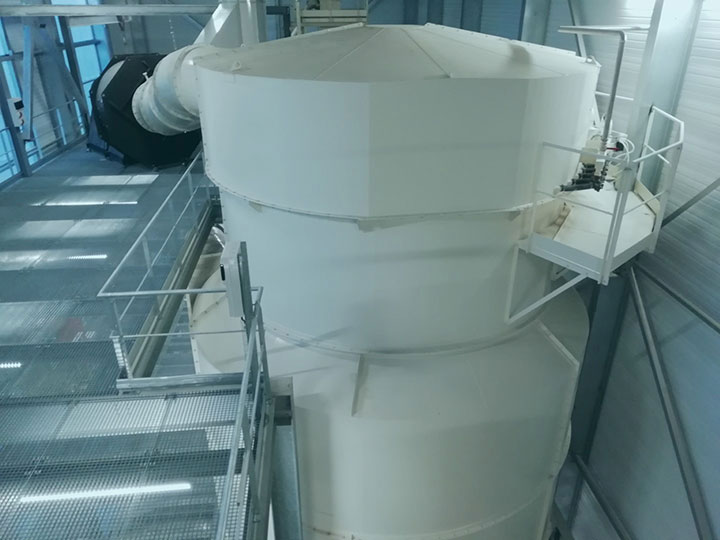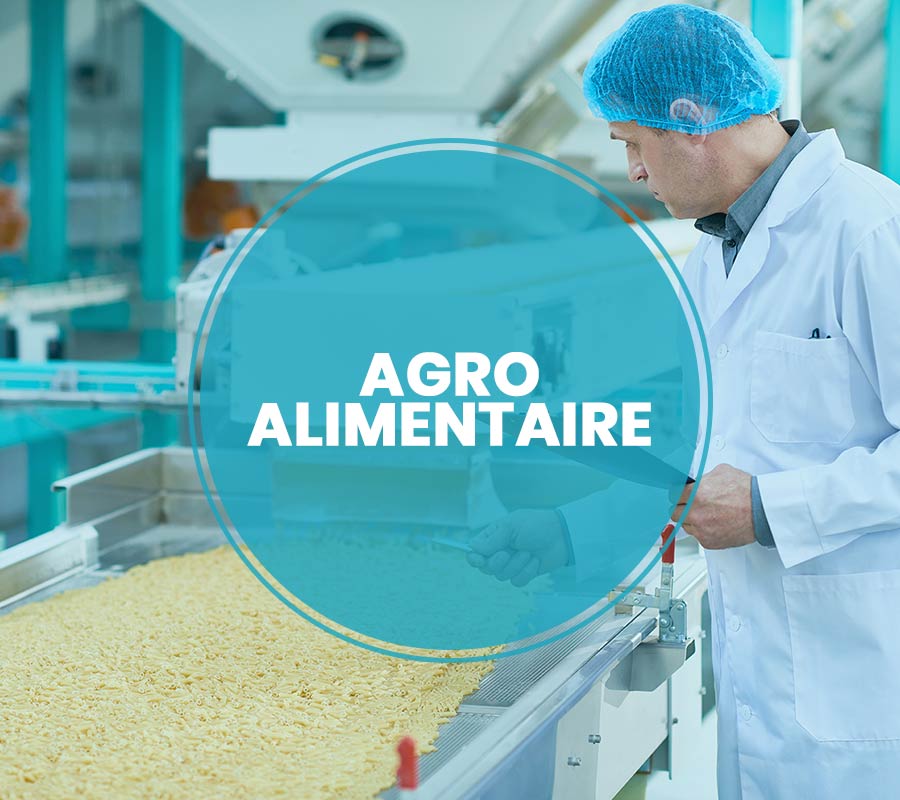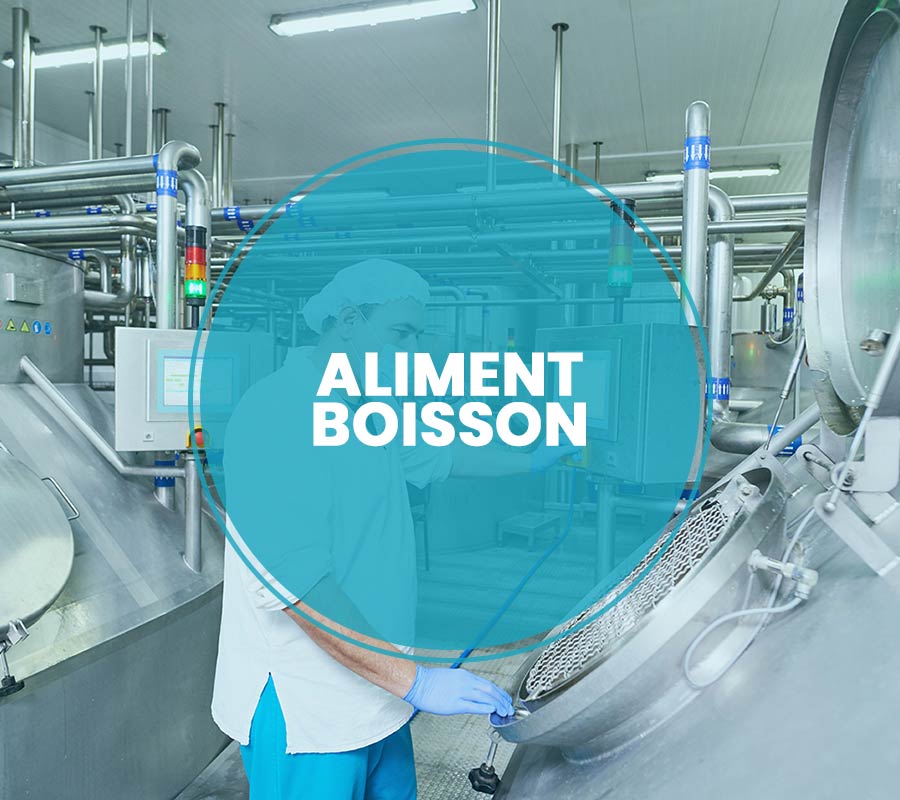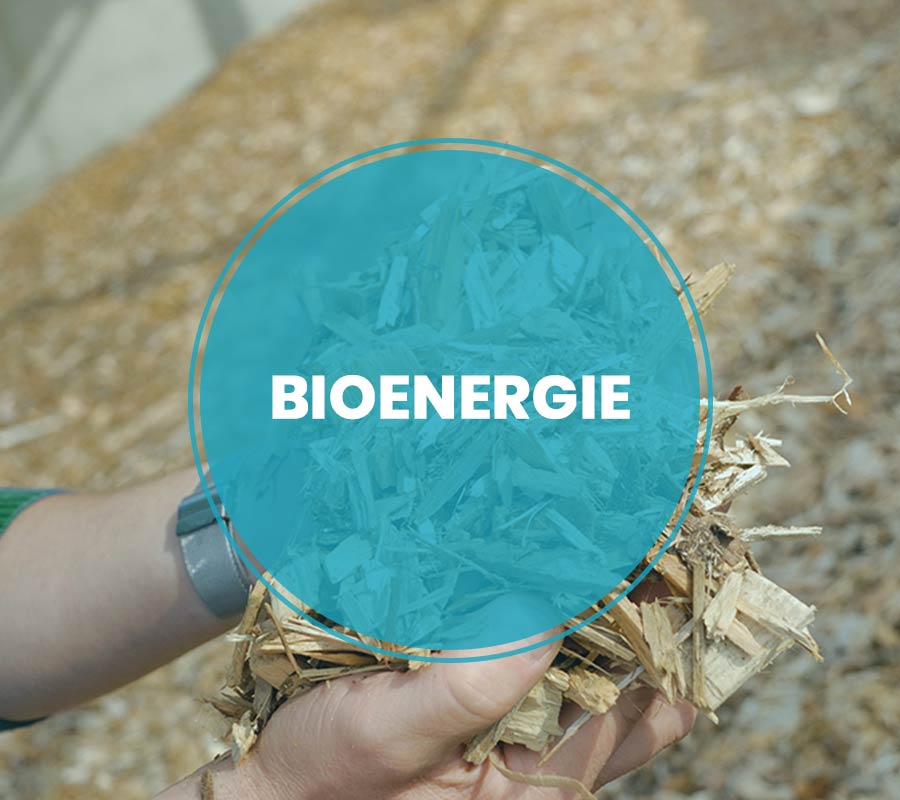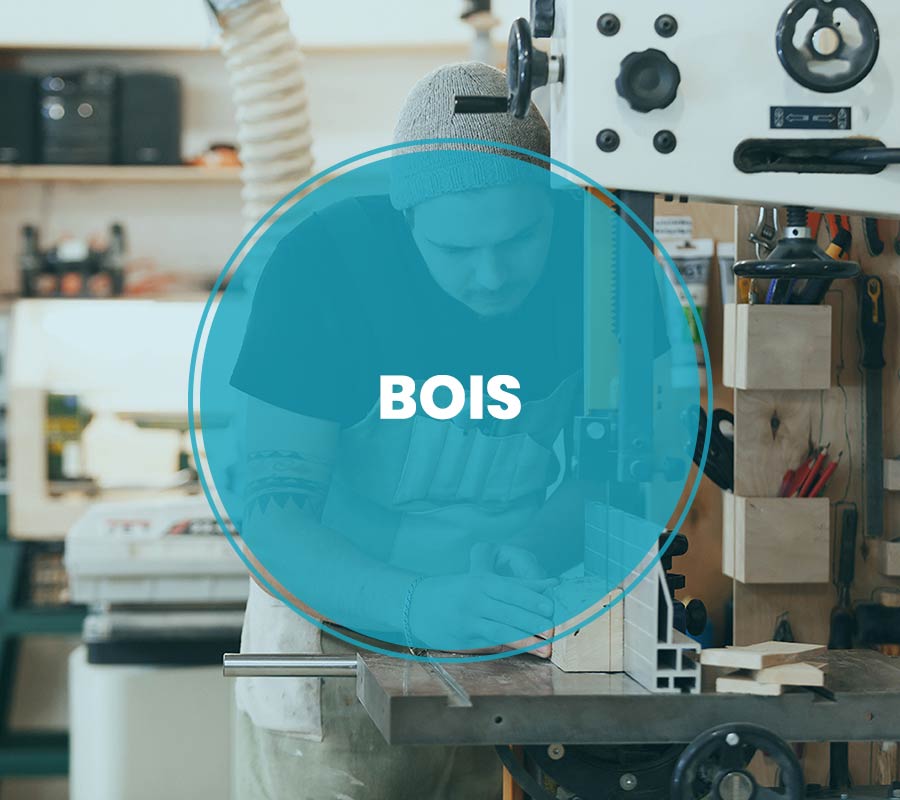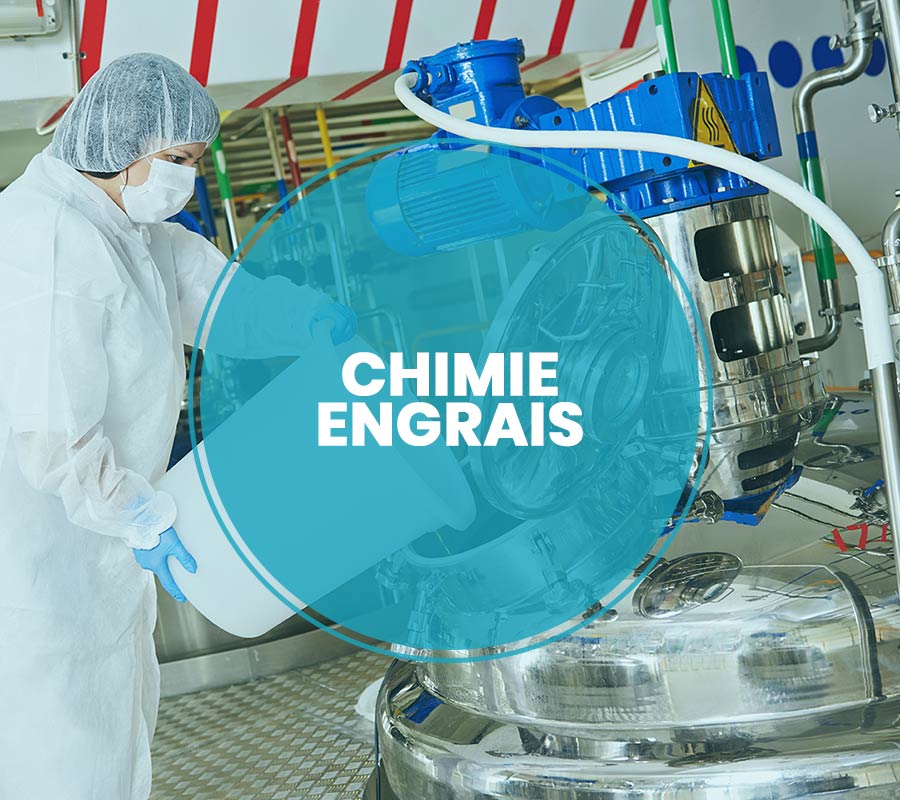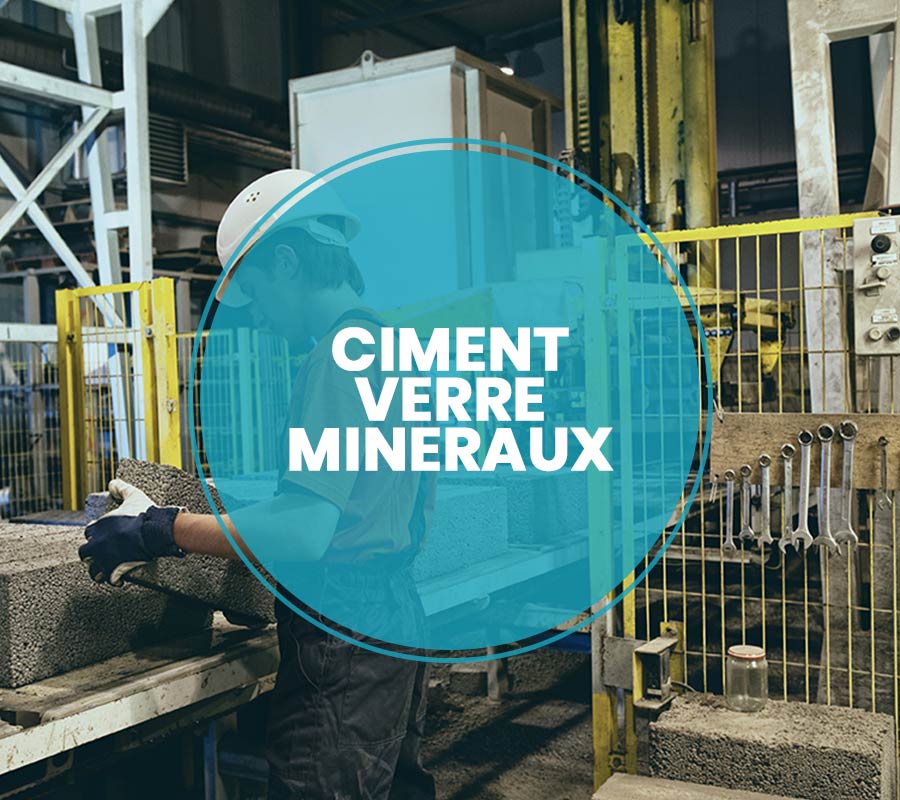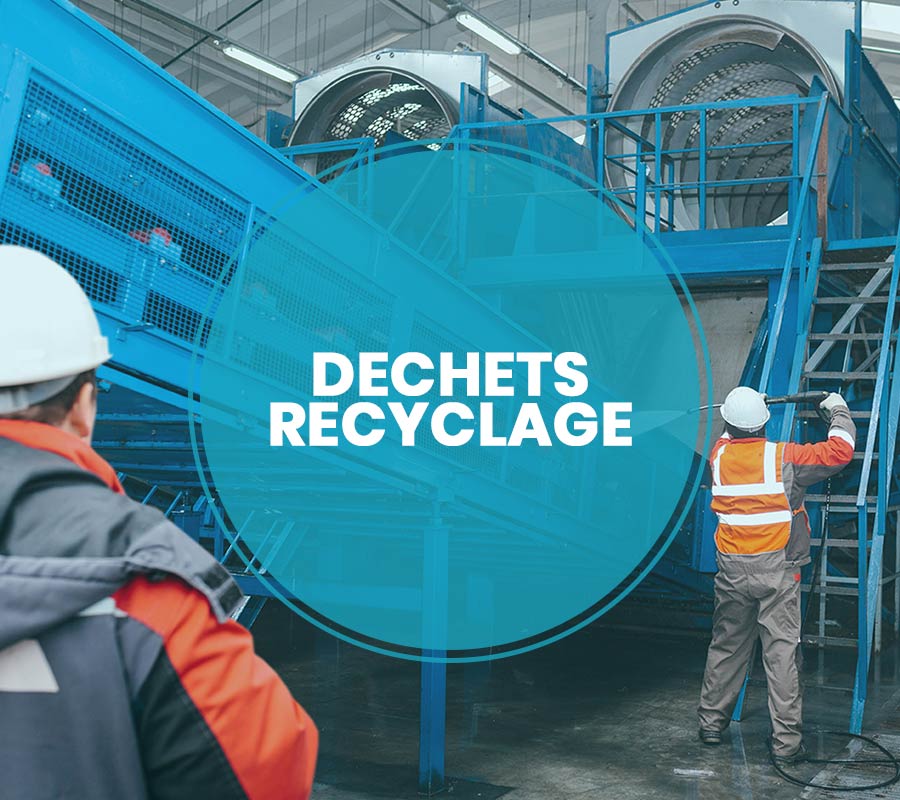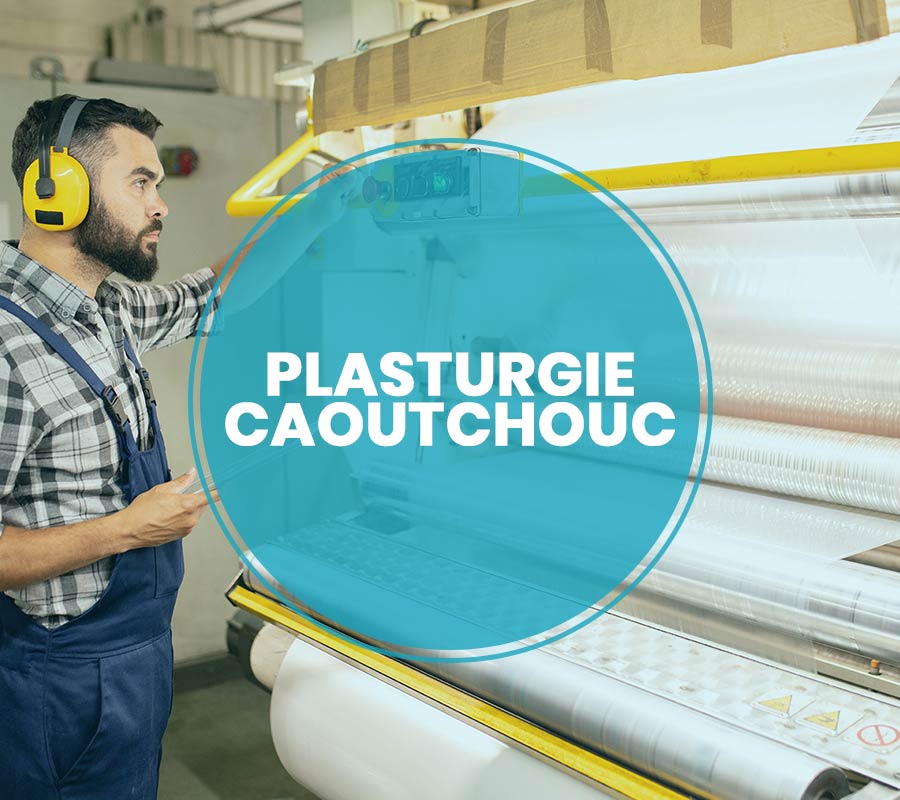Dust extraction, filtration, ventilation and cleaning production areas in the food and drink industry.
In the second processing industry of the food processing sector, the production of food and drinks and industrial processes are sources of contamination for the production tool and operators but also for the products made (bread, Viennese pastries, cakes, ready meals, flavourings and spices, dry products, drinks, coffee, cheese, dairy products, etc.).

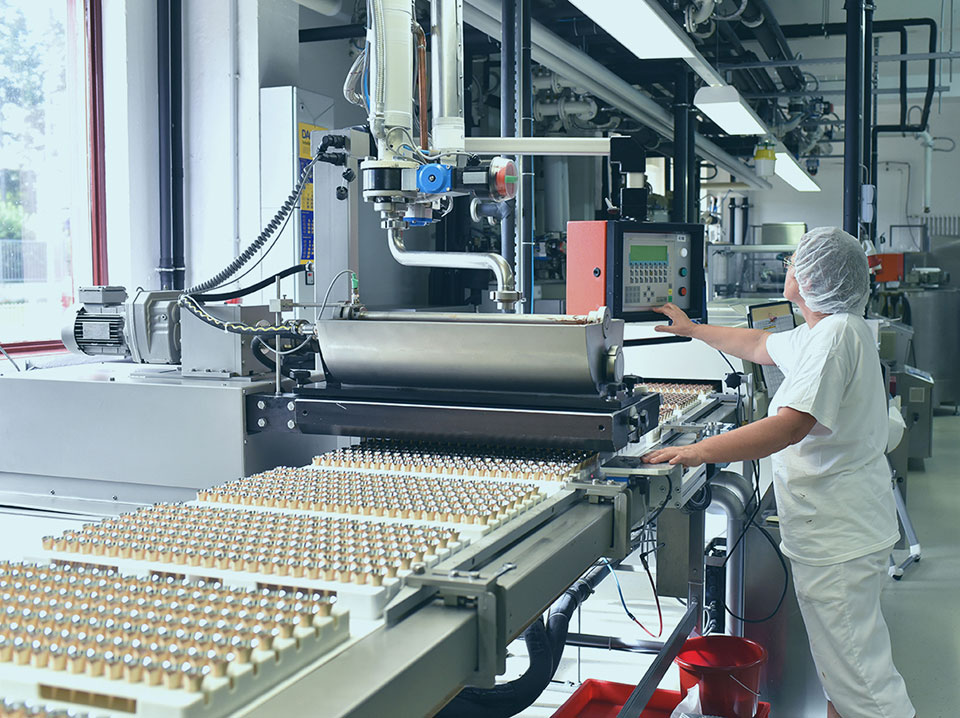
Our expertise
Handling equipment (unloading, receiving, handling, transfer, storage, weighing, dosing, mixing, etc.) and processing equipment (cleaner, grinder, dryer, kneading machine, mixer, etc.) generate pathogenic dust and fumes that can cause respiratory problems for operators, or even serious complications. This dust can be the cause of occupational diseases, such as asthma in bakers, for example.
Suction of contaminants on these various processes, but also the cleaning of production areas (cleaning floors and machinery) improves the working conditions of operators and ensures that the products are manufactured in an ultra-clean environment.
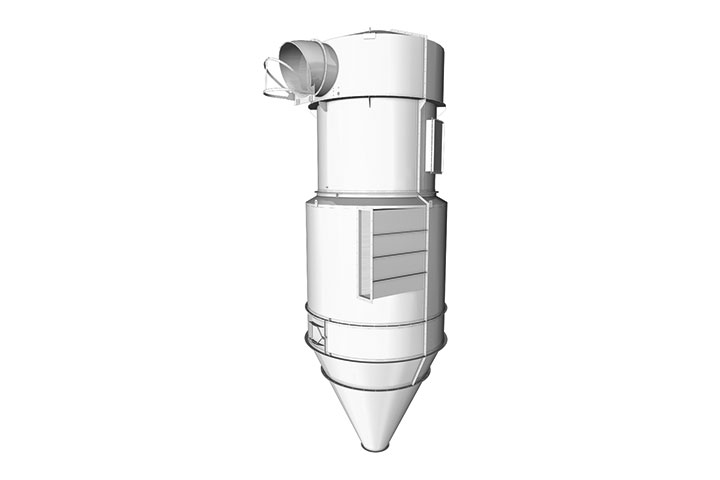
A wide range of dust extraction equipment
To address all of the problems faced by companies in the food and drink sector, CATTINAIR designs and offers a wide range of industrial dust extraction equipment, such as Cyclofilters, which complies with the ATEX Directive.
These dust extractors are installed to ensure continuous suction on production equipment, but they are also used to filter air from centralised cleaning installations (extraction unit).
Expert in “turnkey” engineering
The installation of industrial dust extraction systems, or sometimes ventilation systems, is the best way to tackle air quality issues within food and drink production sites. After a personalised and in-depth process study, our project managers develop specific, ergonomic dust extraction systems that captures contaminants at source: flour, spices, flavourings, milk powders, colouring agents, etc.
For dust that has accumulated in and around the production tool, our centralised vacuum extraction solutions capture the contaminants by means of cleaning accessories (suction attachments, brushes, pipes, etc.) connected to vacuum extraction hoses and outlets. The extraction points are installed directly in the workshop to enable the thorough cleaning of production areas and keep the industrial environment clean and thereby in compliance with ATEX regulations.
In the case of explosive dust, the dust collection systems will be equipped with corresponding ATEX protective components.
General ventilation systems can be used in addition to an extraction at source system and can also remove residual contaminants from a production area.
A comprehensive offer
Commissioning of installations by our project managers who helped design the installation.
Monitoring of proper functioning and measurement of air speeds and pressure losses of each machine and at different points of the suction collectors, motor intensities, as well as sound levels which are included in the technical file and certify compliance with the regulations.
Our Service Department offers original spare parts, upgrading and preventive maintenance contracts.

Our references
Packaging and distribution of nuts
Application:
suction of nut dust
Equipment installed:
Cyclofilter 4X6 with return circuit and big bag filling, cyclone GCS700
Airflow rate:
45,000 m3/h
Benefits for the customer:
ATEX standard, cleanliness on process
Food
Application:
dust extraction of an algae dryer
Equipment installed:
Cyclofilter 4X10
Airflow rate:
50,000 m3/h
Benefits for the customer:
integration of the Cyclofilter in the building near the dryer
Animal feed
Application:
suction of oat husks and pneumatic conveying
Equipment installed:
Reinforced piping and special filters size 1 and 4
Airflow rate:
2,600 m3/h x 6 machines + 15,000 m3/h on dust extraction circuit
Benefits for the customer:
8% increase in productivity
Are you an installer/fitter?
Regulations
Dust of plant (bagasse, cotton, cereals, flour, etc.) or animal origin (droppings from hens, pigeons, budgerigars, etc.) provides numerous and varied sources of exposure in the work environment which can cause health problems in operators. This dust may come directly from the raw materials used (in powder form in particular) and are released during their production, transportation storage or implementation (extraction, crushing of mineral ores, flour production, manufacture and use of plastic materials, etc.).
The occupational exposure limits apply to all forms of dust (marble, dust, etc.). Article R. 4222-10 of the French Labour Code.
8-hour time-weighted average
- total dust: = 10 mg/m3 of air
- respirable dust = 5 mg/m3 of air
Dust can cause explosions. Solutions are available to reduce this risk which must comply with the ATEX Directive.
More information available in our Regulations section.





